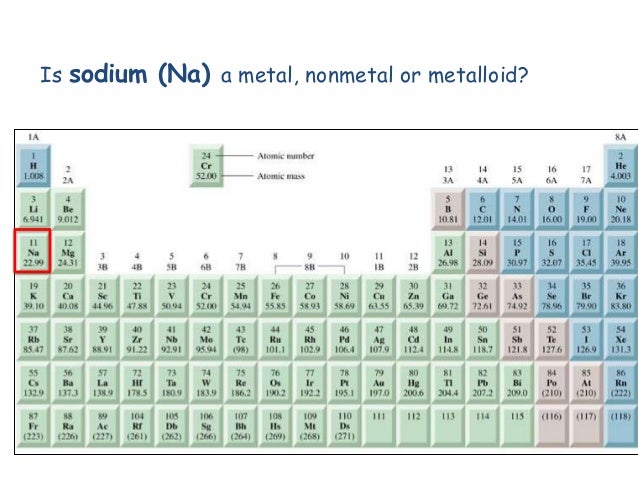Atomic number of Nitrogen is 15 hence Electronic configuration of Phosphorous is 1s 2 2s 2 2p 6 3s 2 3p 3 On moving down a group in the periodic table, the number of shell increases. Due to this, valence electrons move away from the electrons and the effective nuclear charge decreases. Nitrogen (atomic number 7, symbol N) is a tasteless, odorless, and colorless chemical element, which, by volume, constitutes 78.09 percent of the earth's atmosphere. According to estimates, this element is 7th in abundance in the solar system and our galaxy. Atomic Number of Nitrogen is 7. Chemical symbol for Nitrogen is N. Number of protons in Nitrogen is 7. Atomic weight of Nitrogen is 14.007 u or g/mol. Melting point of Nitrogen is -209,9 °C and its the boiling point is -195,8 °C. » Boiling Point » Melting Point » Abundant » State at STP » Discovery Year. Nitrogen Nitrogen is a chemical element with symbol N and atomic number 7. Classified as a nonmetal, Nitrogen is a gas at room temperature.
Chemical properties of nitrogen - Health effects of nitrogen - Environmental effects of nitrogen
|
NitrogenNitrogen is a common normally colourless, odourless, tasteless and mostly diatomic non-metal gas. It has five electrons in its outer shell, so it is trivalent in most compounds. Applications The greatest single commercial use of nitrogen is as a component in the manufacture of ammonia, subsequently used as fertilizer and to produce nitric acid. Nitrogen in the environment Nitrogen constitutes 78 percent of Earth's atmosphere and is a constituent of all living tissues. Nitrogen is an essential element for life, because it is a constituent of DNA and, as such, is part of the genetic code. Nitrogen molecules occur mainly in air. In water and soils nitrogen can be found in nitrates and nitrites. All of these substances are a part of the nitrogen cycle, and there are all interconnected. Health effects of nitrogen
Environmental effects of nitrogen
Back to the periodic chart Find our nitrogen in water page For more information on nitrogen in the environment, move to the nitrogen cycle |
More from 'Elements'
Lenntech (European Head Office)
Distributieweg 3
2645 EG Delfgauw
The Netherlands
Phone: +31 152 610 900
fax: +31 152 616 289
e-mail: info@lenntech.com
Lenntech USA LLC (Americas)
5975 Sunset Drive
South Miami, FL 33143
USA
Phone: +1 877 453 8095
e-mail: info@lenntech.com


Nitrogen Atomic Number Electron Configuration

Lenntech DMCC (Middle East)
Level 5 - OFFICE #8-One JLT Tower
Jumeirah Lake Towers
Dubai - U.A.E.
Phone: +971 4 429 5853
e-mail: info@lenntech.com
Atomic Number 7
Copyright © 1998-2021 Lenntech B.V. All rights reserved
Nitrogen Atomic Number And Symbol
| This is an ammonia molecule with the formula, NH3. Scientists use the name 'ammonia', the same way they call H2O 'water'. In this compound, three hydrogen (H) atoms share their electrons with the nitrogen (N) atom. This way the nitrogen has a filled outer shell and the hydrogens have two electrons to fill their shells. | ||
| Nitrogen can combine with three chlorine (Cl) atoms, forming nitrogen trichloride, or NCl3. Nitrogen shares its electrons with the chlorine atoms, so all of the atoms have their shells filled. Take a look at the dots around the atoms. All of them now have eight electrons, and a filled outer shell! | ||
| Here's something new! We have three different elements here, carbon, nitrogen, and chlorine. That's not special, but the way they combine is! Look at the carbon and the nitrogen, they are sharing six electrons! When two atom share two electrons, that's a single bond. If they share four it's a double bond. Well these two are sharing six, that's a triple bond. It's extremely strong and powerful. It would take a lot of work to separate the C and the N! One more thing! Because the bond between carbon and nitrogen is so strong, scientists call them 'cyanogen' instead of carbon-nitrogen. Scientists know that cyanogen is always CN. | ||
